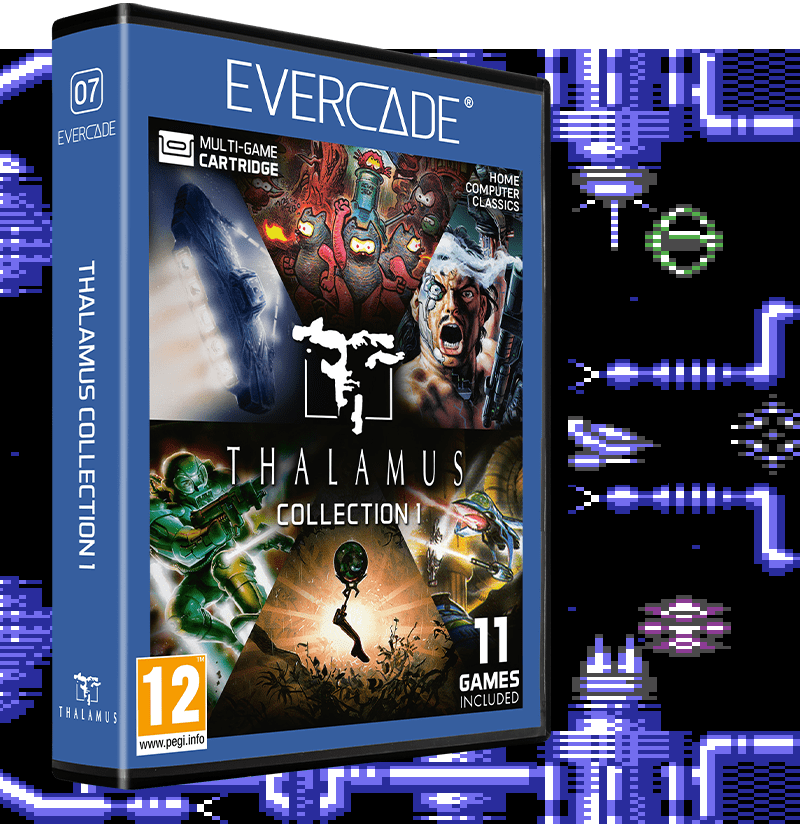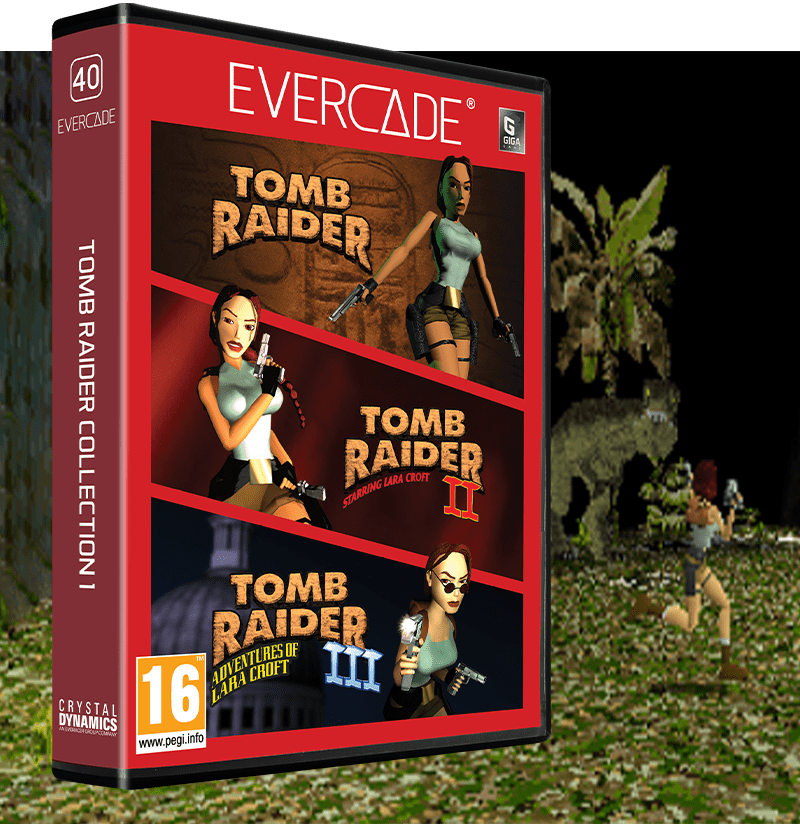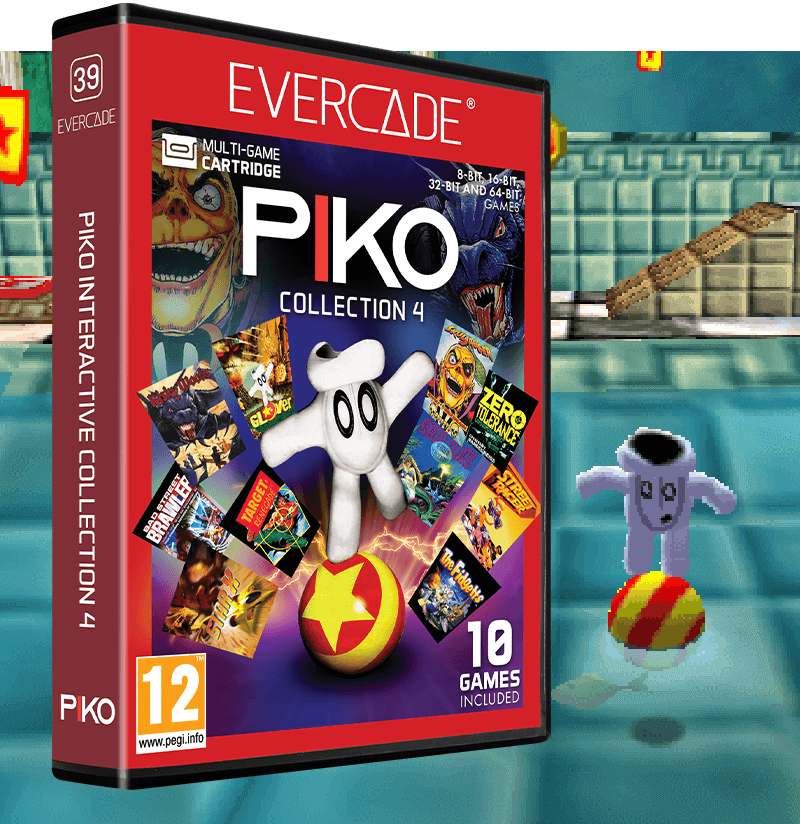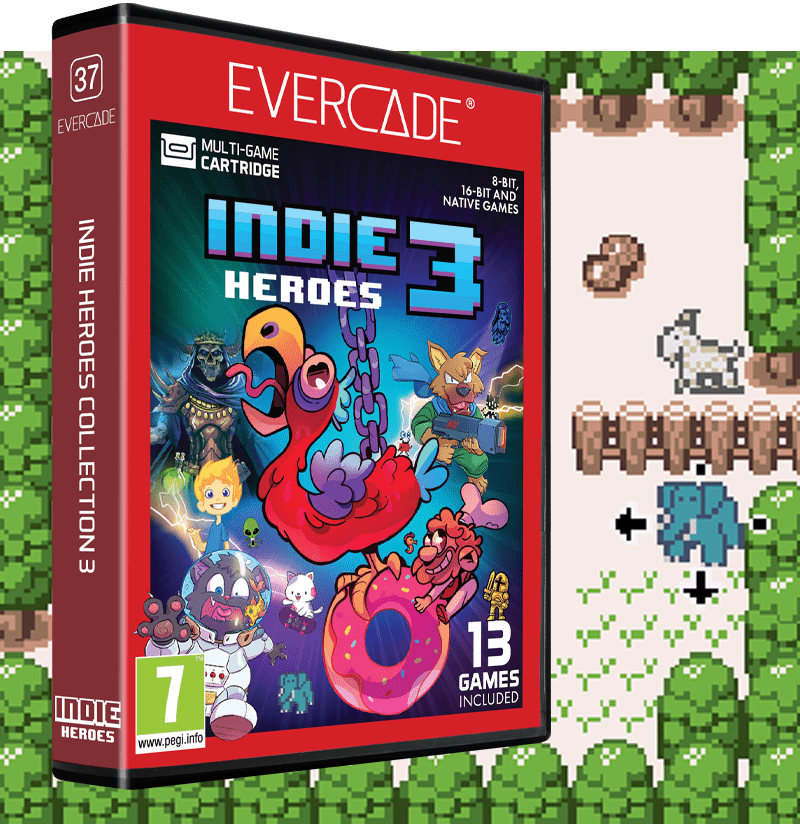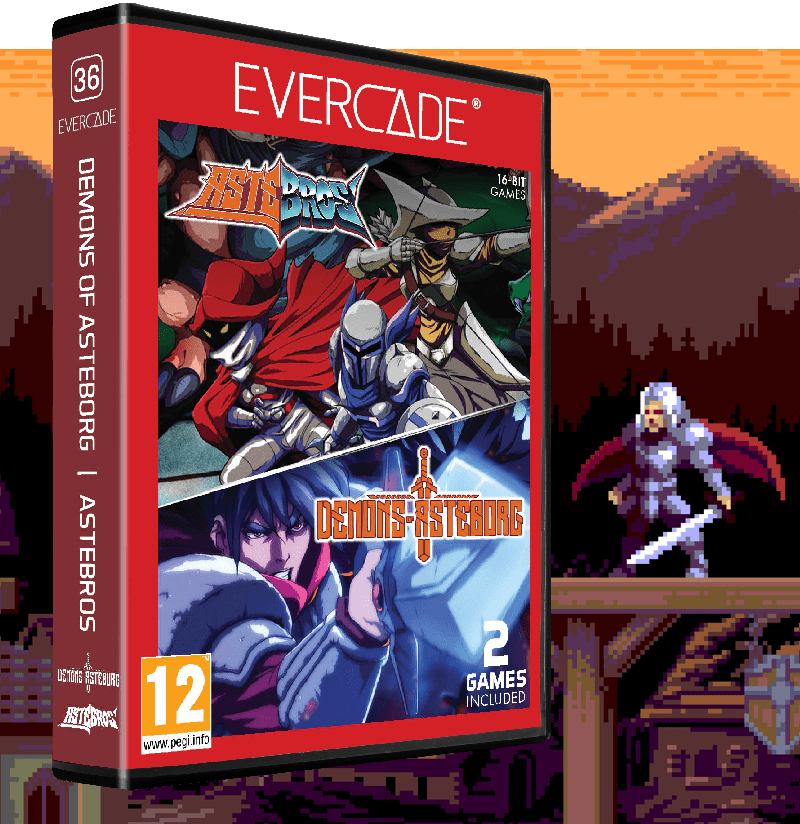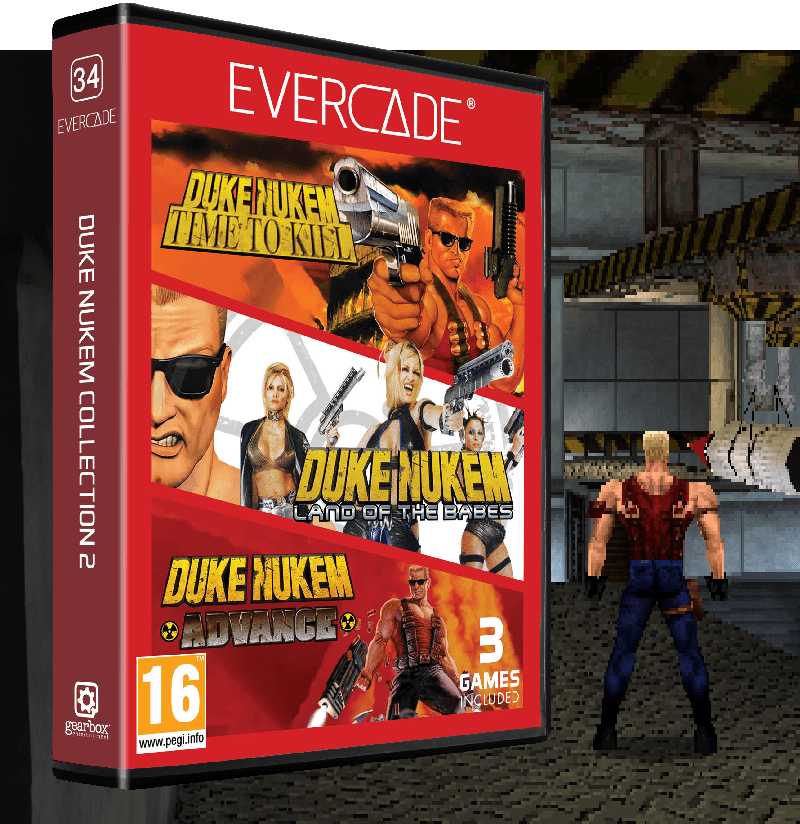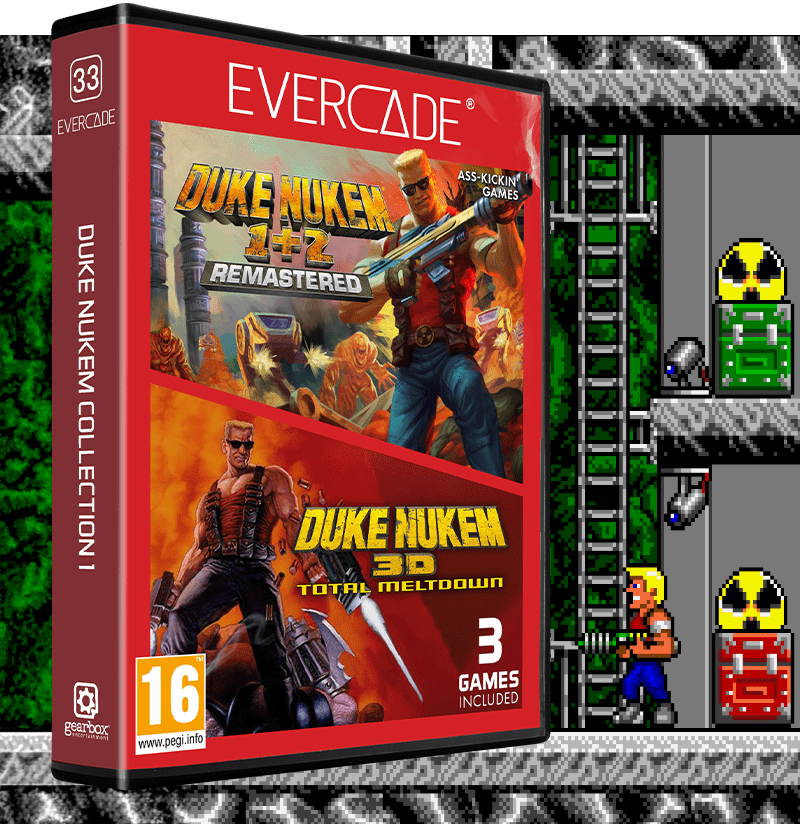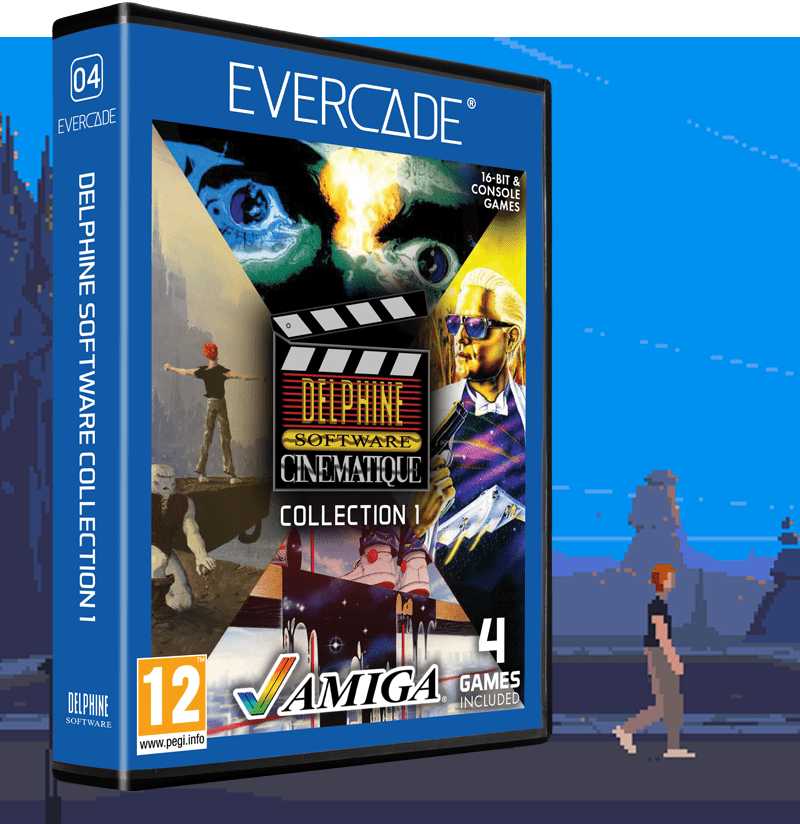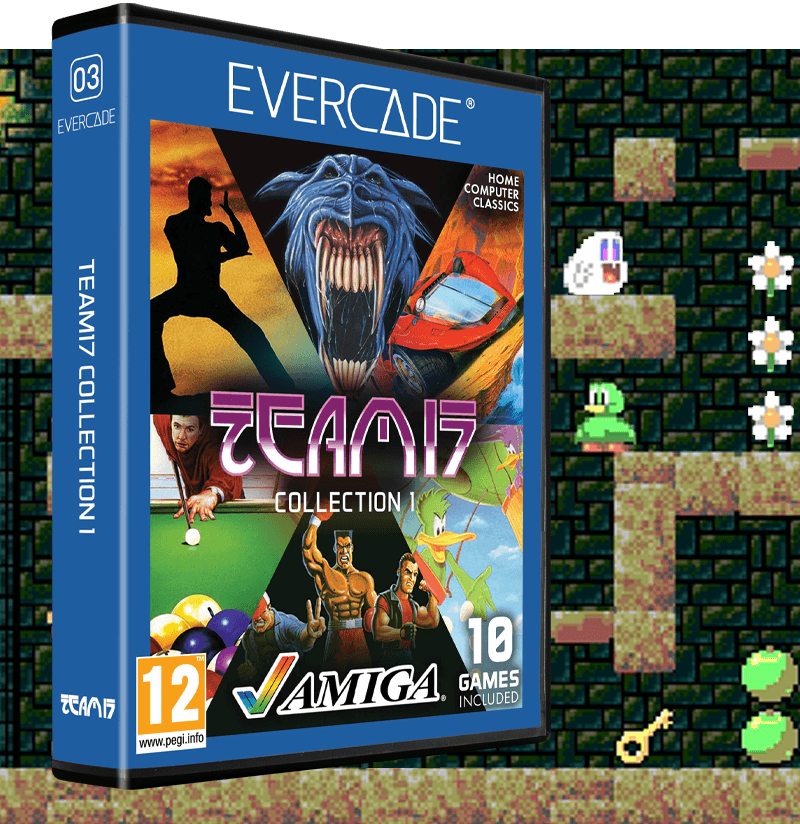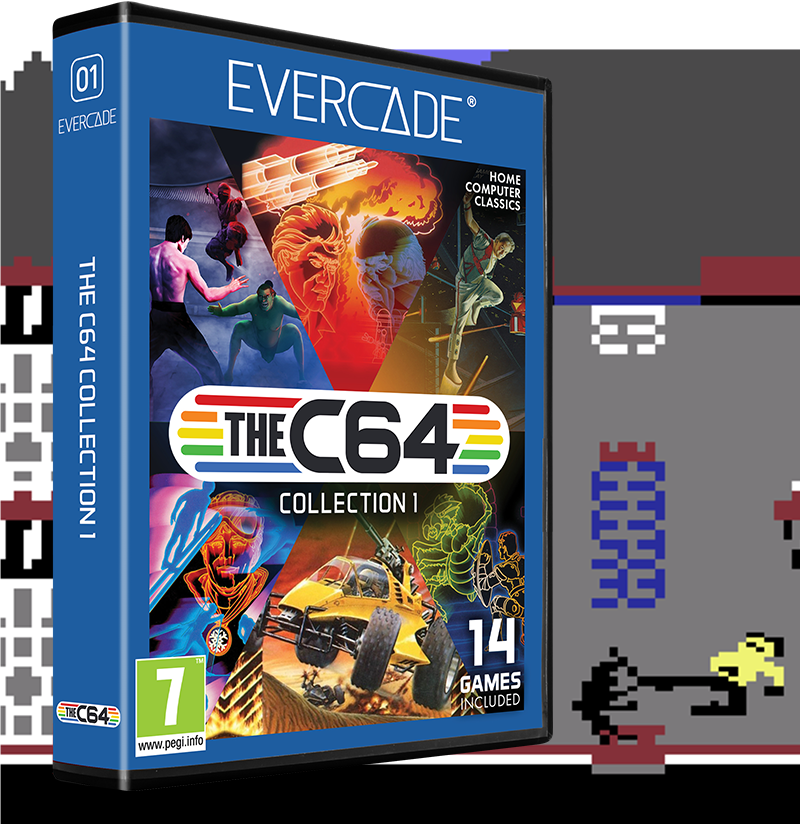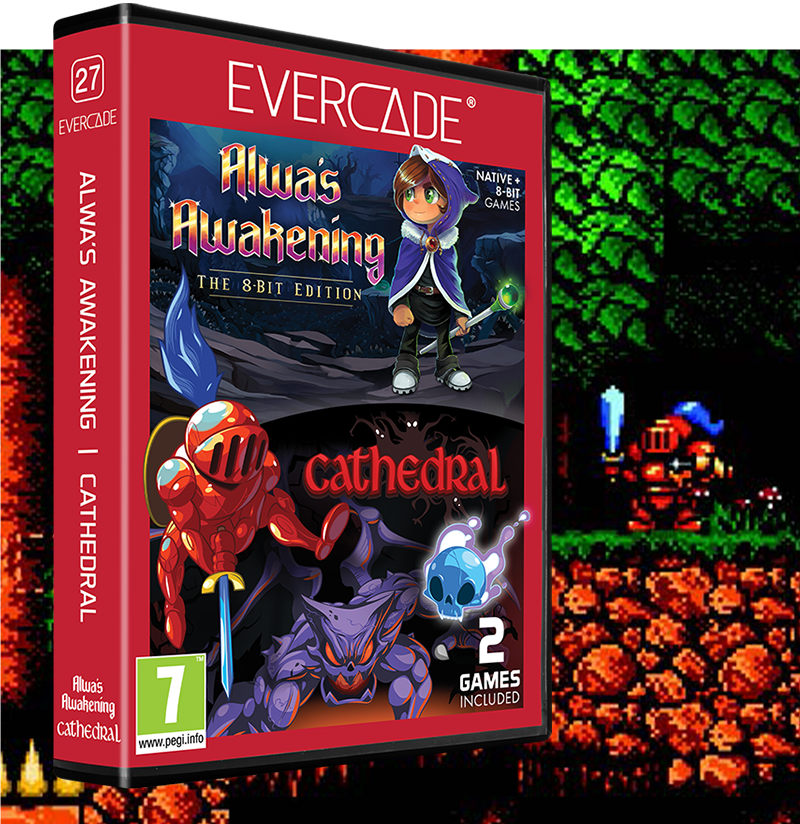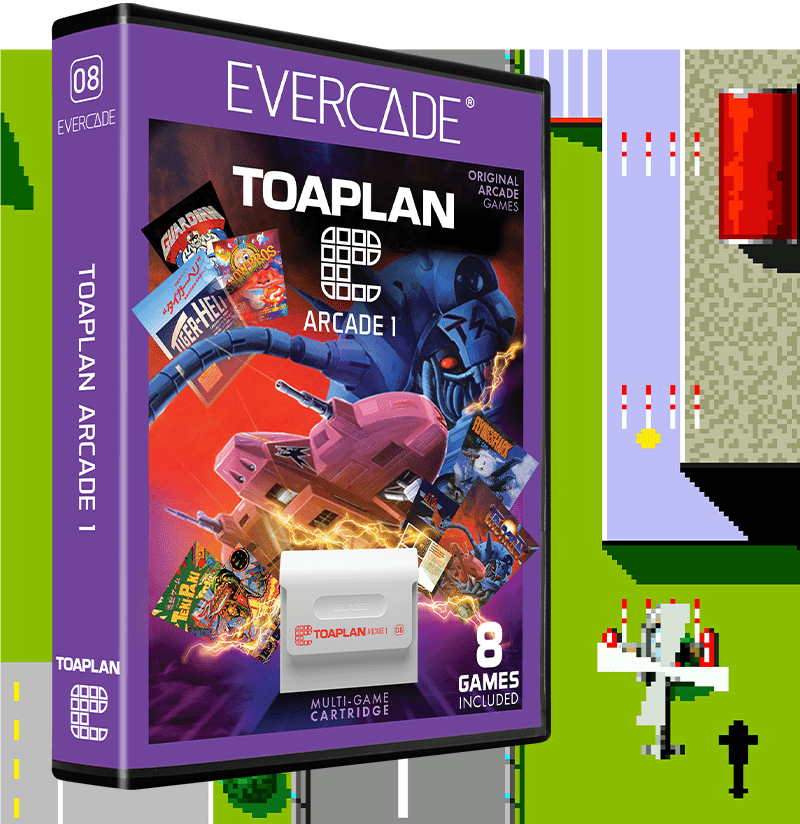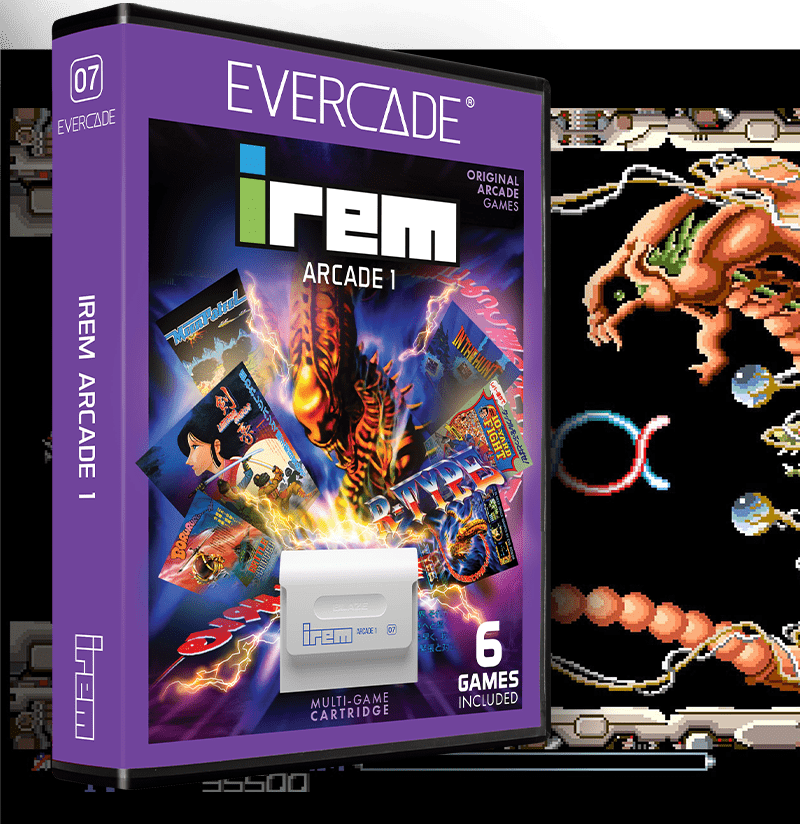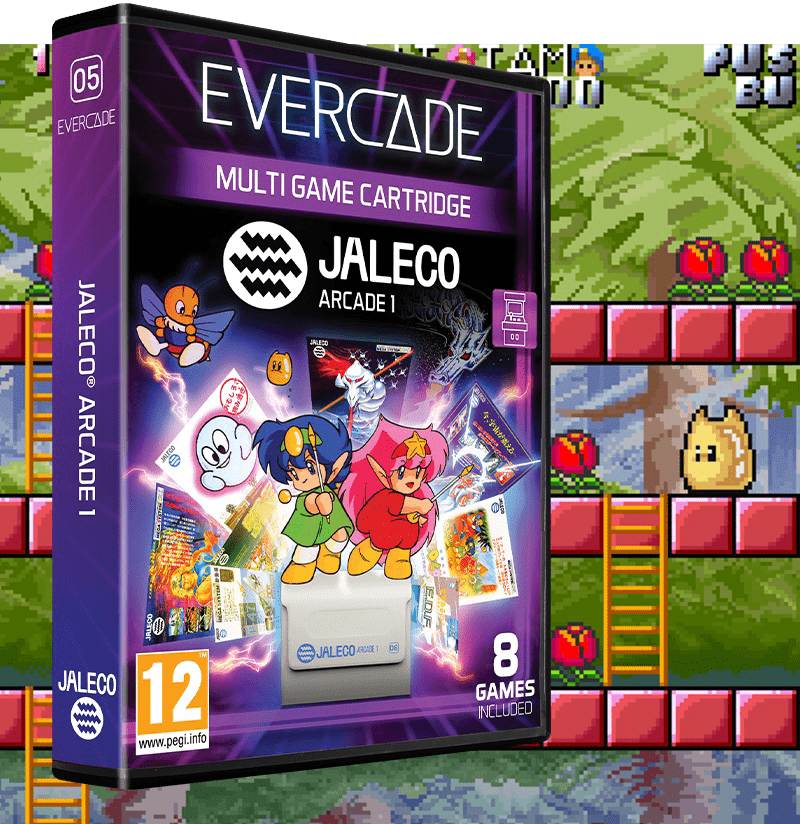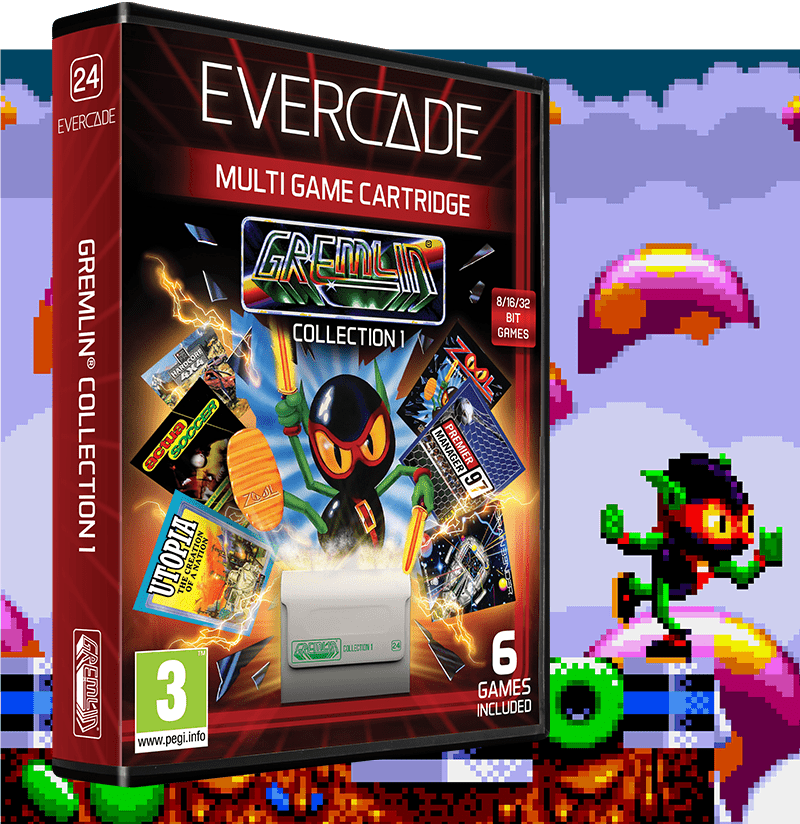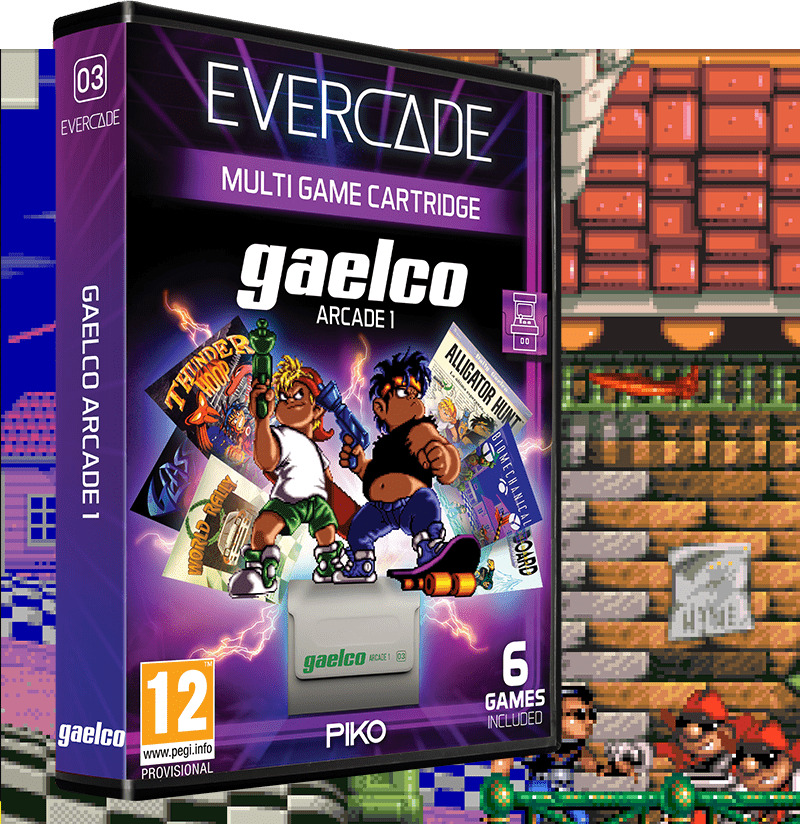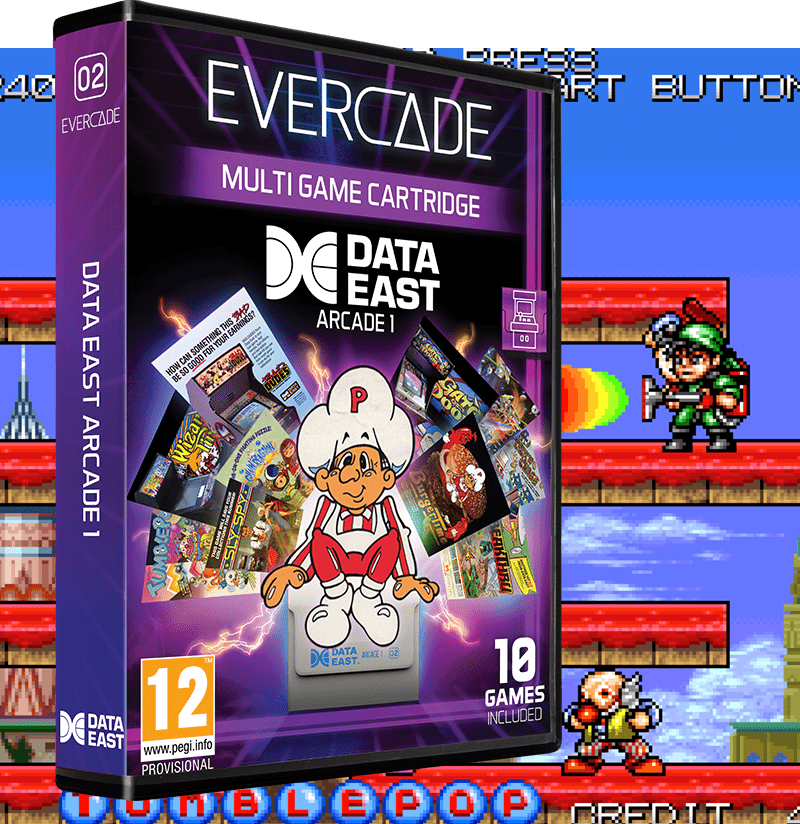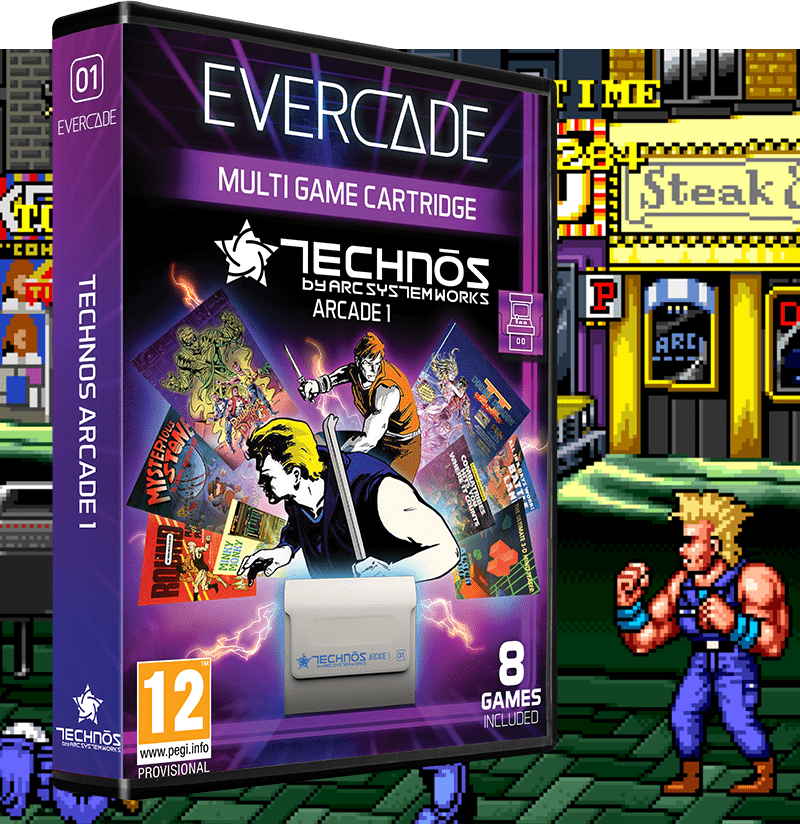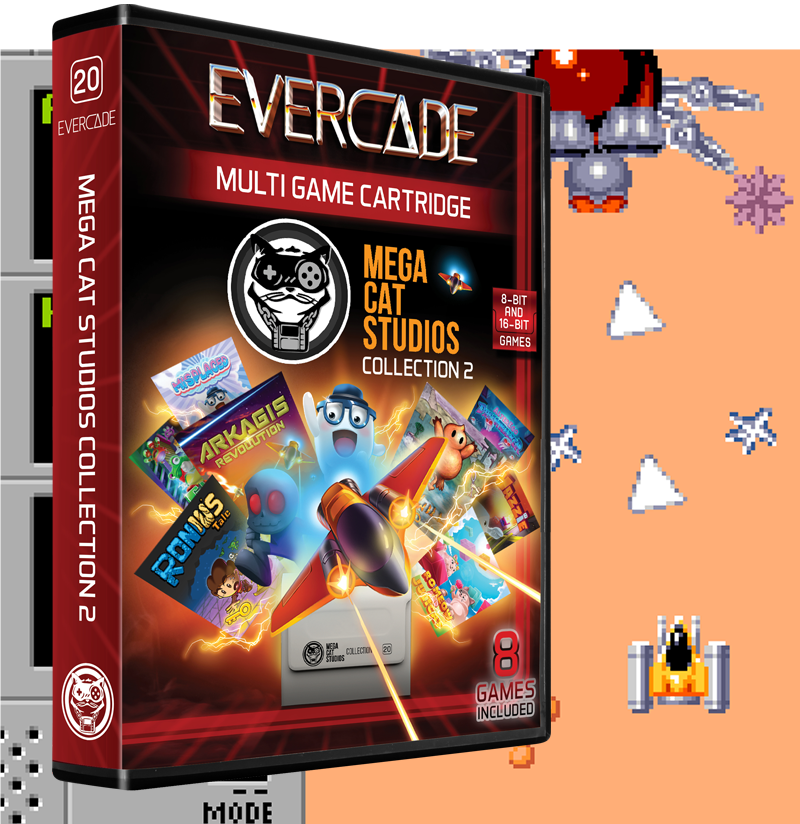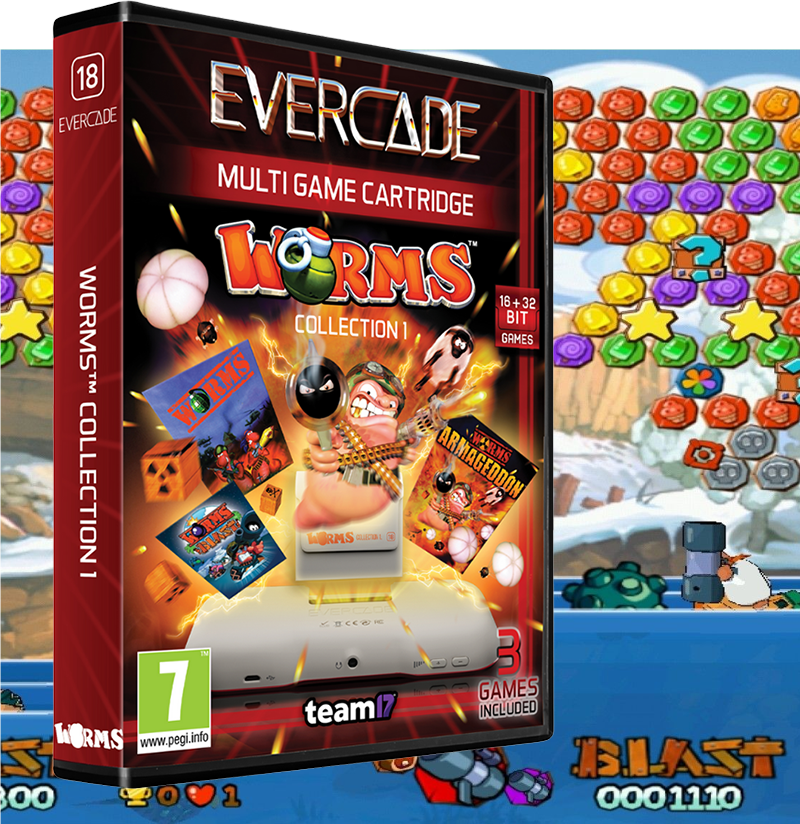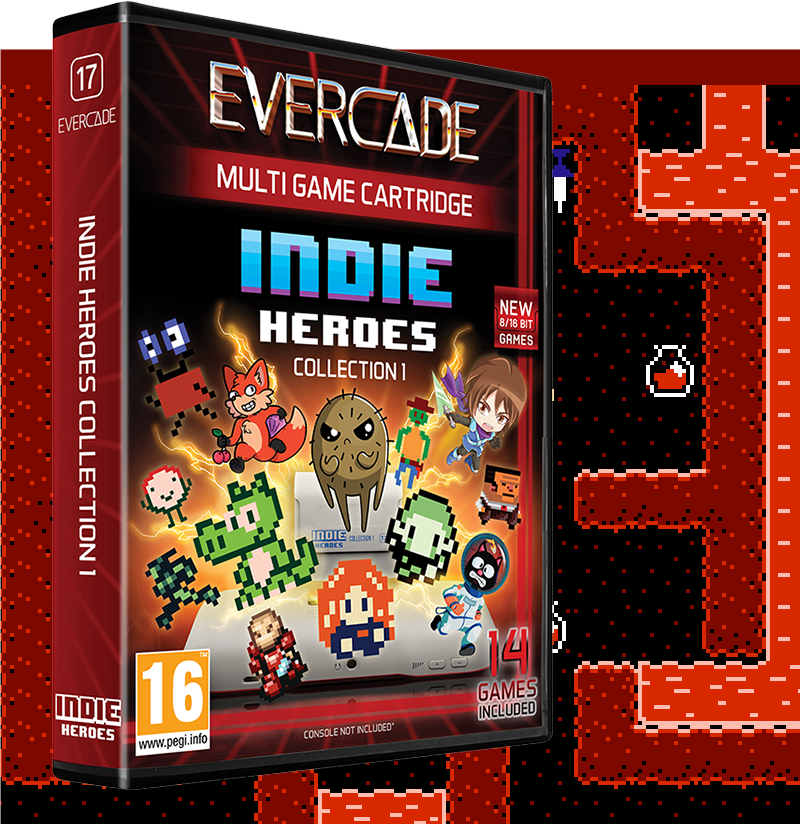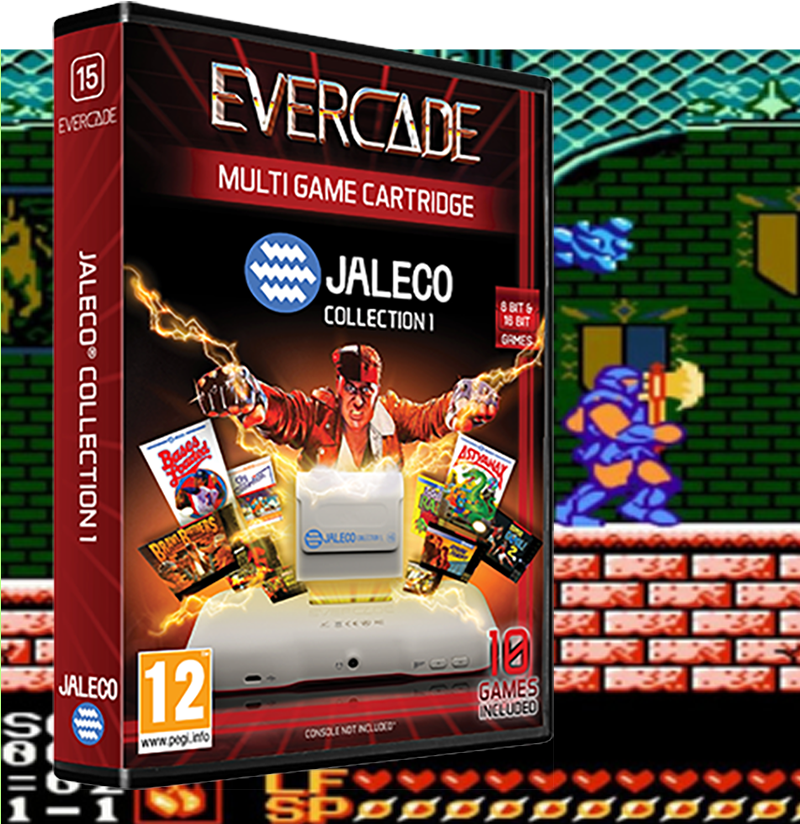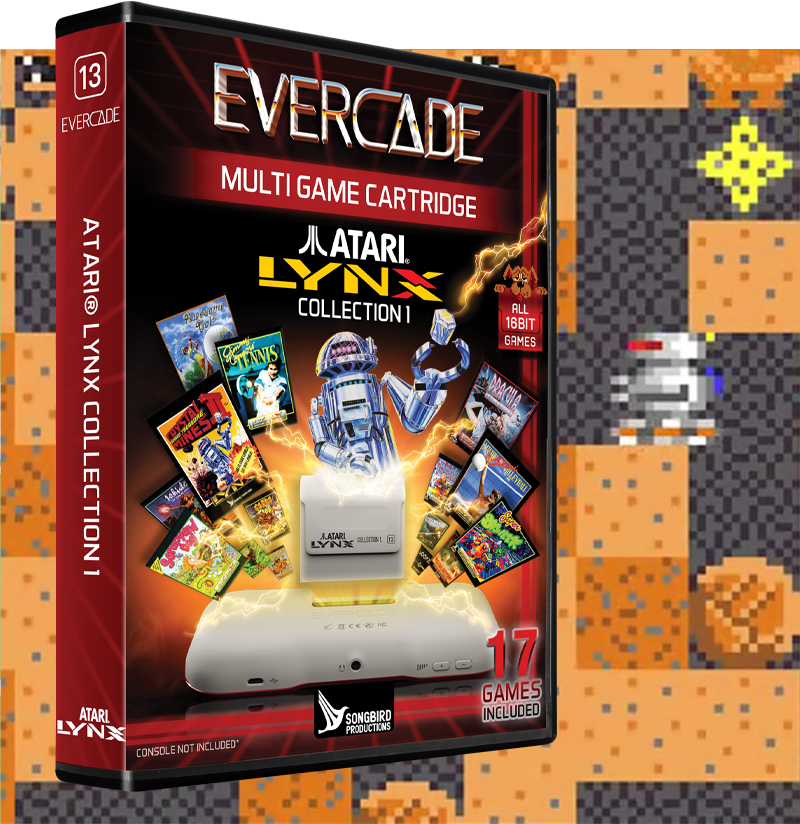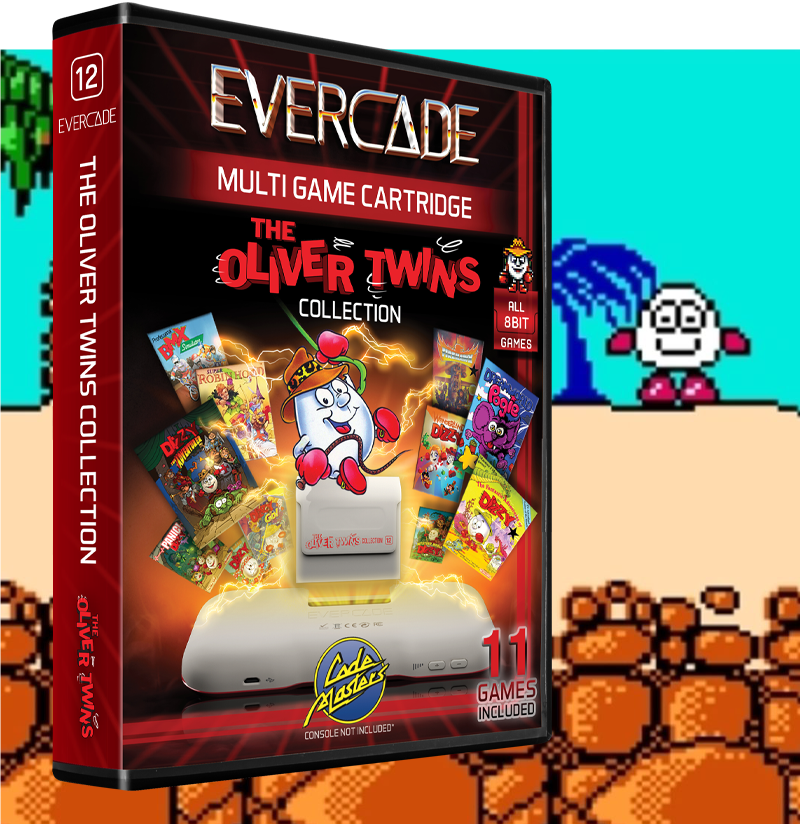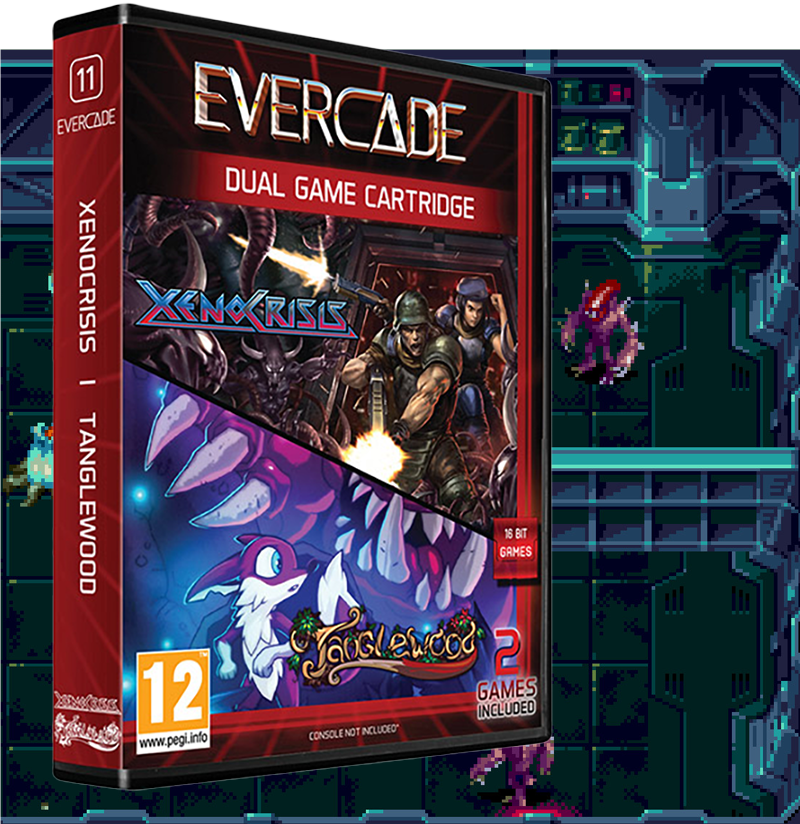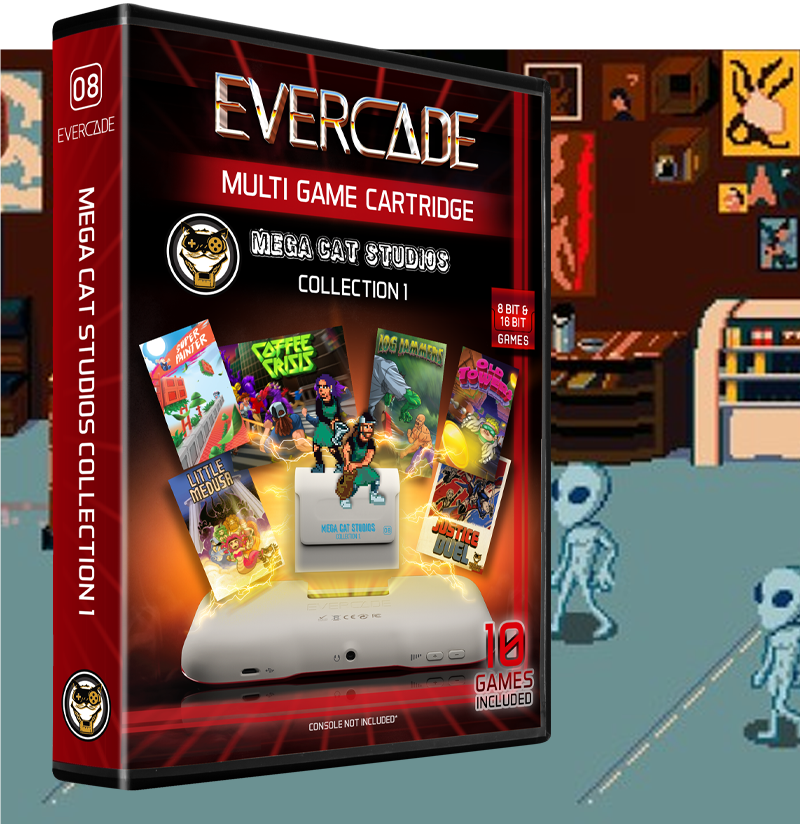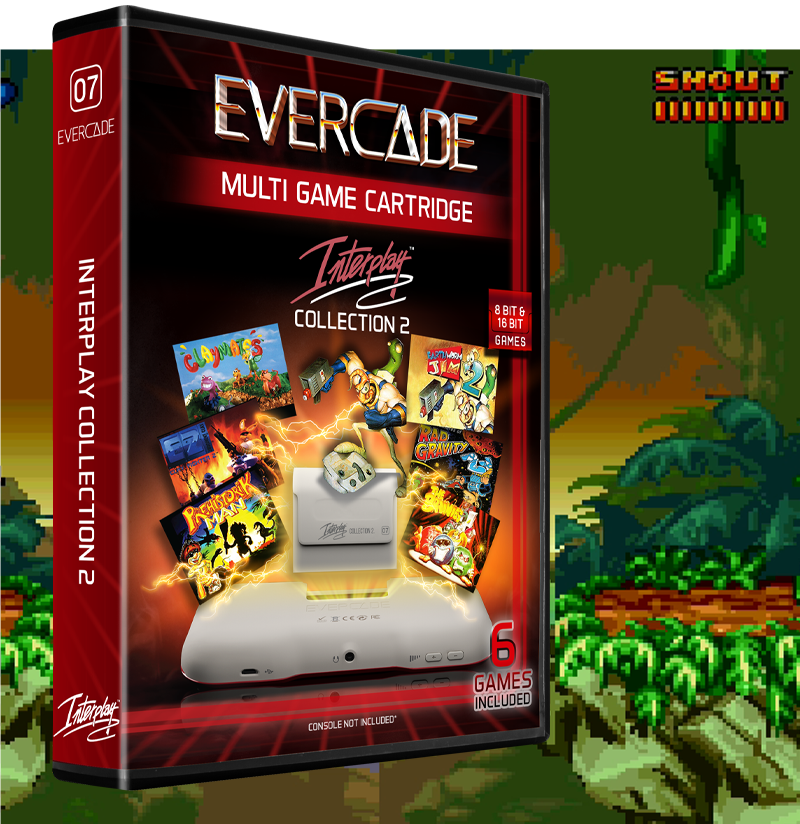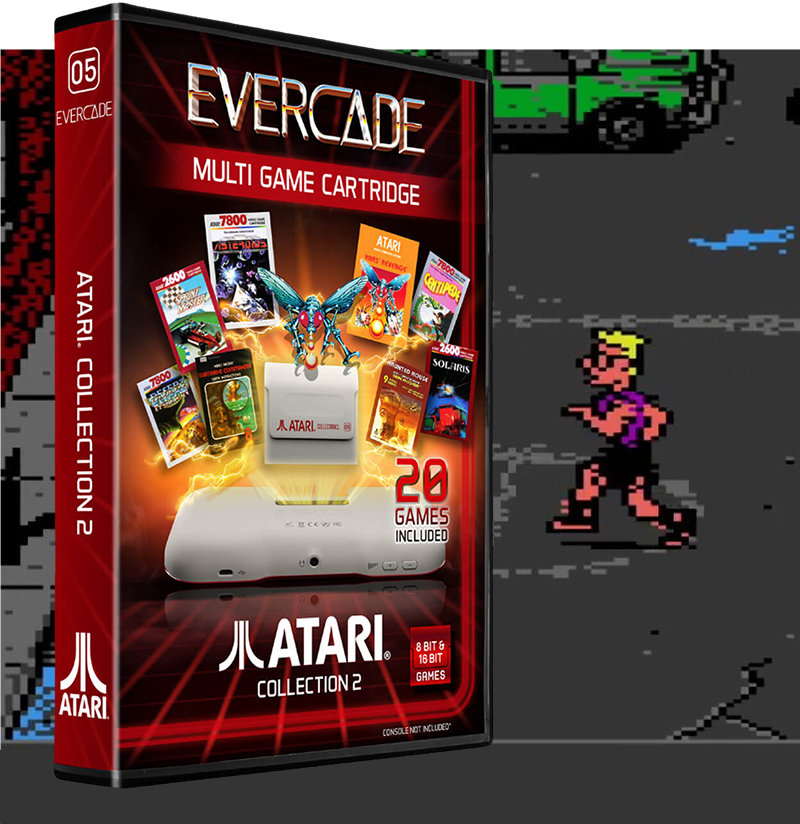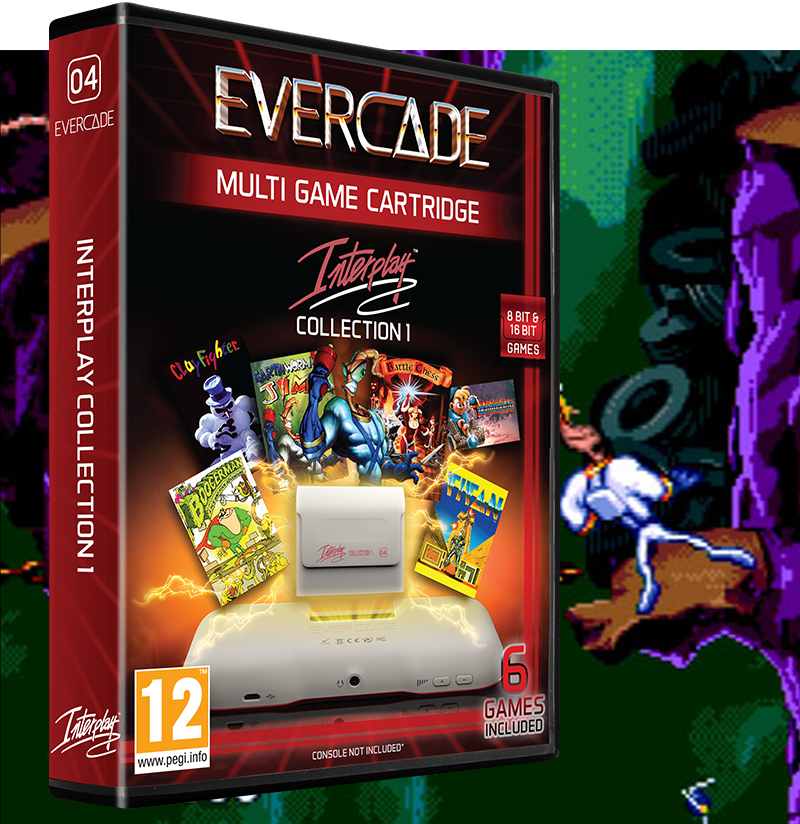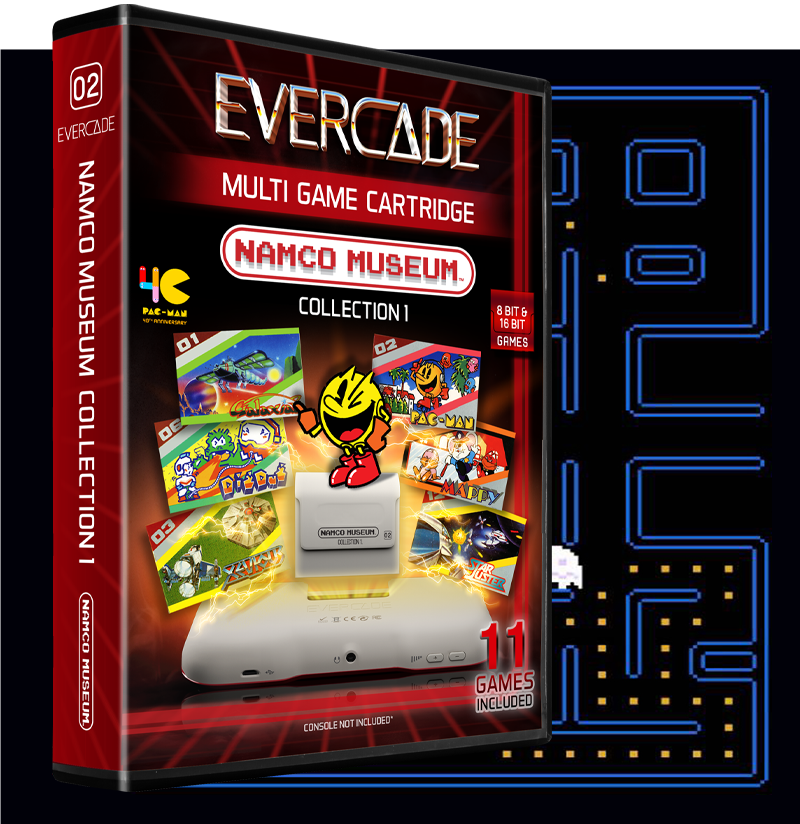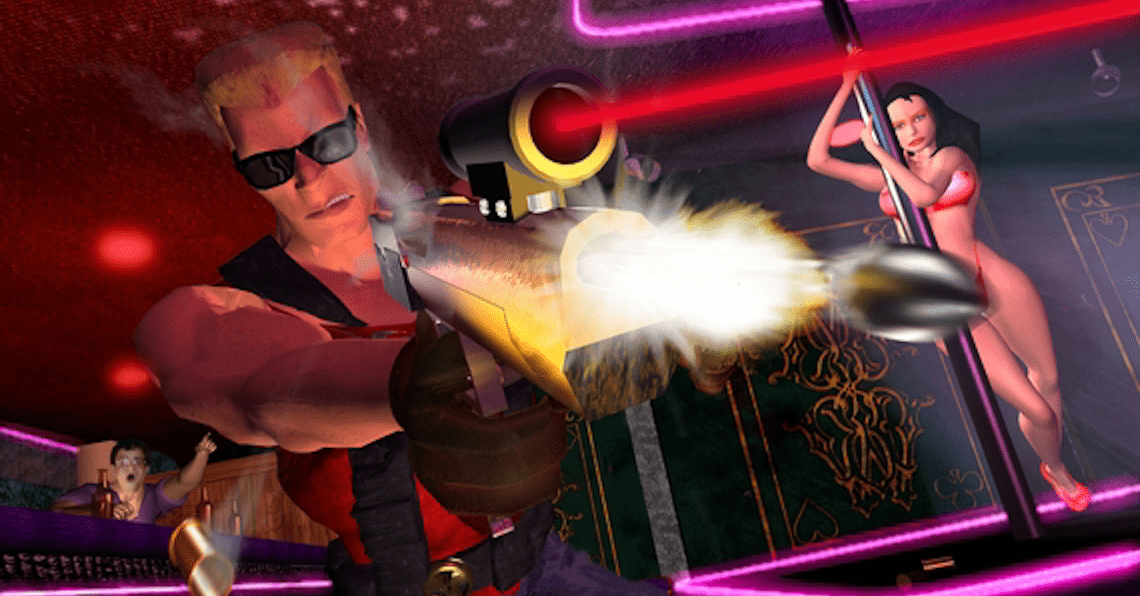
19
Dec
Evercade Game Spotlight: Duke Nukem – Time to Kill (Duke Nukem Collection 2)
The two Duke Nukem Collection cartridges were undoubtedly our biggest, most high-profile releases of 2023, and alongside the main event, Duke Nukem 1+2 Remastered, they also bring several lesser-known Duke Nukem titles to the Evercade audience. Today we’re going to look at one of Duke’s two third-person 32-bit action adventures, Duke Nukem: Time to Kill.
Duke Nukem: Time to Kill was originally released in 1998, two years after the initial PC release of Duke Nukem 3D had catapulted our hero to mainstream popularity. The third-person shooter genre as we know it today hadn’t really been established at this point, though there were already a number of popular third-person action games around at the time — one of the most notable of which was Core Design’s Tomb Raider.


Duke Nukem: Time to Kill takes considerable inspiration from the early adventures of Ms. Croft, to such a degree that the project was supposedly nicknamed “Duke Raider” at one point during development — and, indeed, there’s a secret in the very first level where Duke can discover Lara’s iconic outfit hanging up in a wardrobe.
Duke Nukem: Time to Kill’s Tomb Raider influences are most keenly felt in the control scheme, which makes use of what we colloquially refer to as “tank controls” these days: the D-Pad allows Duke to walk forwards and backwards as well as turn left and right, and the game has a deliberately “stiff” feel to it, like all the scenery is aligned to an invisible grid. This is an intentional design element to help make lining up and judging the distances of jumps easier than if the game had been designed in a completely freeform way.
The main difference between Duke Nukem: Time to Kill and the original Tomb Raider is that Duke’s adventure places a stronger focus on action than puzzling and platforming. There’s a lot of shooting involved; thankfully, a generous auto-aim mechanic means you don’t have to aim particularly precisely, though it is worth your while to keep moving as much as possible while in combat in an attempt to avoid being hit.
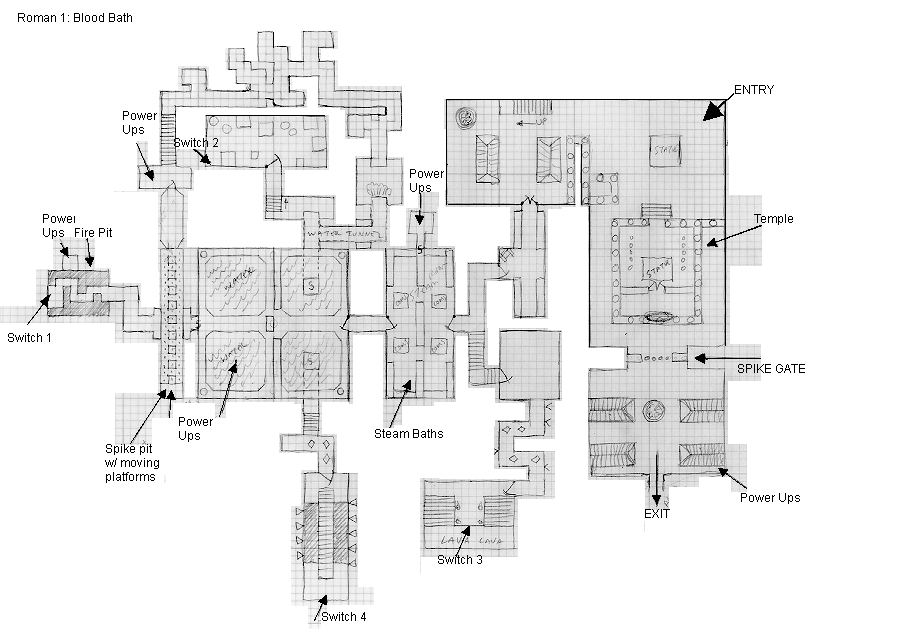

There’s still a strong emphasis on exploration, however; as you can see from the original design document above, levels are quite large and often feature quite an “open” feel as opposed to presenting a single, linear path forwards. This is in keeping with previous entries in the Duke Nukem series, all of which feature plenty of secret areas to discover if you poke your nose into places a little off the beaten path.
During development, the game was initially known simply as “New Duke”, but as things progressed, developer n-Space game up with several different possible subtitles to reflect the game’s core time-travelling theme, including “Blast from the Past”, “Time to Kill”, “Off the Clock” and the one n-Space singled out as their favourite, “Across the Sphincters of Time”. Perhaps disappointingly for some, “Time to Kill” emerged as the winner after n-Space suggested all of these to Duke’s rights holders during development.
n-Space had a number of things they wanted to achieve with Duke Nukem: Time to Kill, including real-time lighting, individual enemy behavioural modelling, detailed levels that featured both indoor and outdoor environments, realistic character interactive environmental behaviour and, of course, an “extraordinary level of violence”, according to an internal memo from the studio.
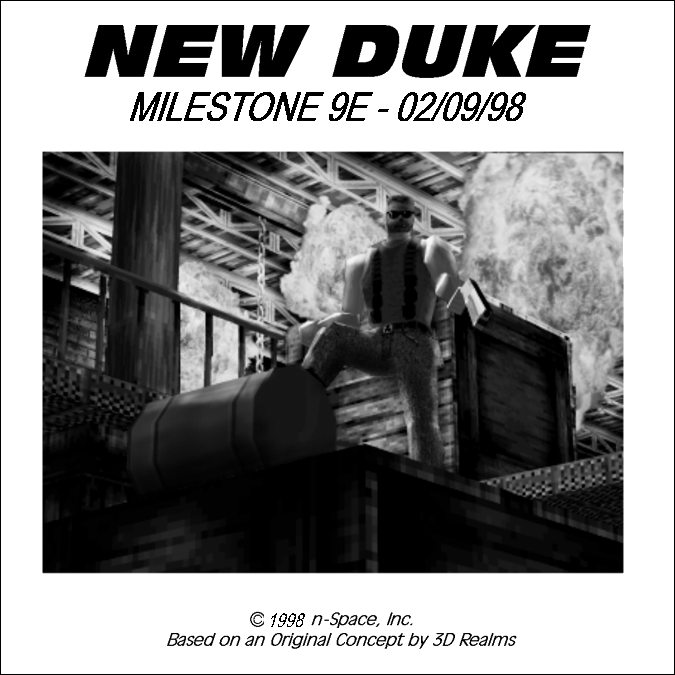

Both n-Space and the game’s original publisher anticipated that the game would receive a Mature 17+ rating from the ESRB, the ratings board for American game releases, but it actually only netted a “Teen” rating instead. In the UK, meanwhile, it obtained an 18 rating from the British Board of Film Classification, much like Duke Nukem 3D. At the time, video game ratings in Europe were voluntary, going either via the European Leisure Software Publishers’ Association (ELSPA) or the BBFC, with the latter usually reserved for games that had particularly strong levels of violence and/or sexual content, or those which contained a significant amount of live-action video.
Duke Nukem: Time to Kill’s 18 rating was by no means a bad thing for the game, however; at the time, a game attaining an official BBFC 18 rating was seen as something of a badge of honour — presumably it was interpreted by many as “this game is so realistic, it has been rated like a movie”. Indeed, many developers and publishers deliberately and voluntarily submitted their games to the BBFC in the hope of obtaining an official certificate to proudly display on the box. Occasionally this backfired, as in the case of the notorious vehicle combat game Carmageddon, but that’s perhaps a story for another day if it ever makes it to Evercade.
Interestingly, when we submitted the two Duke Nukem Collection cartridges to the present European ratings board, the Pan European Game Information (PEGI) service, they only netted “16” ratings, at least partly because the in-game visuals were no longer realistic or convincing enough to warrant an “18” rating. Times (and standards) change as technology marches on!
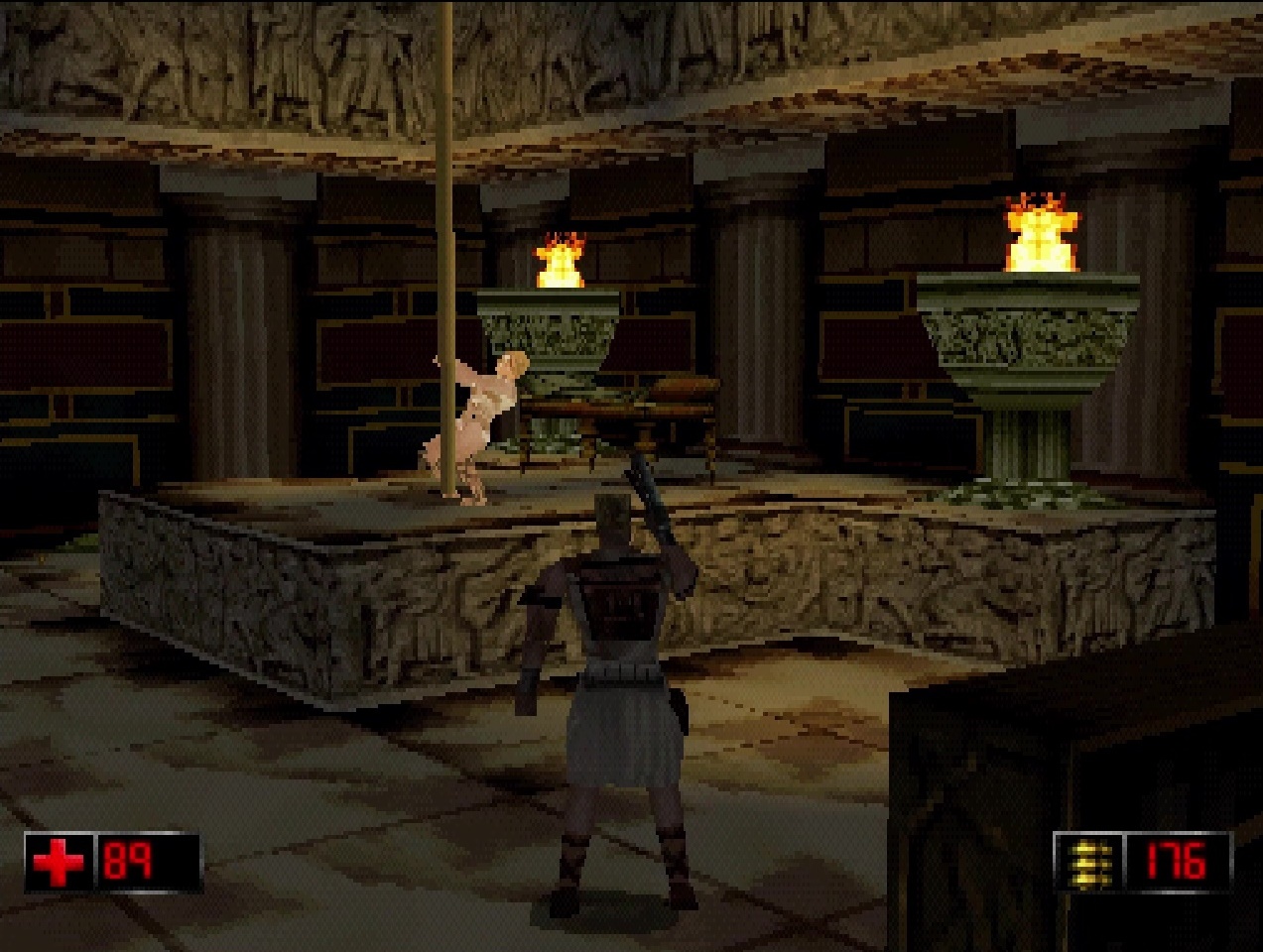

Duke Nukem: Time to Kill unfolds across several distinct time periods: the Old West in America, medieval times in Europe, and the Roman Empire. Before you can jump into each new time period (which is accompanied by a natty costume change for Duke) you’ll have a “present day” level to complete, during which you get the opportunity to see the havoc the aliens have wreaked on Duke’s time, and have the important task of tracking down three time crystals.
Each time you return to this “hub” level, things are a little different, new areas will have opened up, and the three time crystals will be in a different location to the last time you retrieved them. Following each visit to the hub, each of the three time periods consist of three main levels plus a boss stage. In the Old West, you’ll face The Reaper; in medieval times, you’ll take on Wing’ed Death; and in Imperial Rome, you’ll have to deal with Moloch the Gatekeeper, who is the mastermind of it all.
As you might expect, things get tougher the further you progress, but you can even the odds a little by hunting down secrets. Some of these simply provide additional weapons or equipment that you can take advantage of immediately, but occasionally you’ll come across “Surprise” items. Track down one of these and when you beat the level you’re currently on, you’ll enter a challenge stage in which you must accomplish an objective against the clock. Successfully clear this and one of your weapons will get a permanent upgrade!
Duke Nukem: Time to Kill is an oft-overlooked part of Duke’s history, but give it a go for yourself and you’ll find a thoroughly enjoyable adventure that will keep you busy for quite some time, no pun intended. All right, maybe partially intended.
Duke Nukem Collection 2 is available now. Find out more on the official cartridge page.
